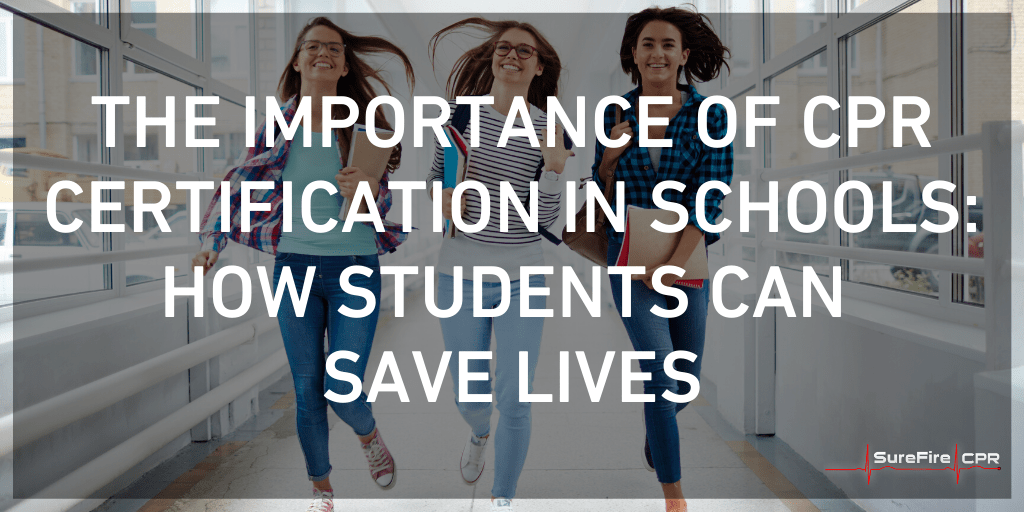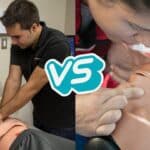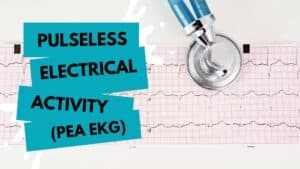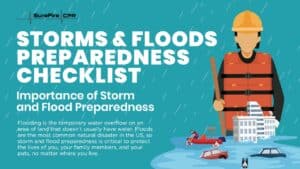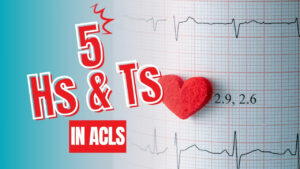Though high school students are not the most at-risk demographic for heart failure, they can still be struck by this sudden life-threatening phenomenon. Cardiac arrests can happen to anyone at any time. For parents, teachers, and peers, there is nothing more devastating than losing a child in the prime of his or her life. In 2014, this happened in Southern California, when Morgan Wilson, an honor student and high school athlete, collapsed in Anaheim Park during a Tennis Lesson. After 8 days in a medically-induced coma, she passed away.
What could have helped save Morgan’s life? Her parents and several medical professionals say CPR. In an official statement, Debbie Wilson, Morgan’s mother, confessed that “it was painful to listen to every doctor come into the room saying ‘Why didn’t someone do CPR.’” Following Morgan’s passing, her parents became advocates for early bystander CPR.
Early bystander CPR is an essential life-saving tool for anyone whose heart has stopped (usually because of cardiac arrest.) Two years ago, the California State Legislature enacted California AB 1719, more commonly known as the CPR in Schools bill. California AB 1719 states that all California High Schools that have required health classes must teach compression-only CPR to students in those classes. According to AB 1719, the compression-only CPR must include:
- An instructional program based on national evidence-based emergency cardiovascular care guidelines for the performance of compression-only CPR; and
- Instruction that includes a hands-on practice to support the learning of compression-only CPR.
Bystander CPR Statistics
The proper administration of CPR by a civilian responder within the first few minutes of a heart-stopping tragedy can be the difference-maker between a full recovery and tragedy. If bystander CPR is administered soon after a victim has undergone cardiac arrest, the victim survival rate goes up to 45 percent. Sadly, with less than half of the people experiencing cardiac arrest getting immediate help, the overall survival rate for a person experiencing a cardiac arrest outside of a hospital is only 6 percent.
There’s no denying it: having more bystanders learn CPR saves lives. Whether it be in the workplace or the schoolyard, people knowing CPR can help prevent tragedy. CPR, especially when learned in conjunction with AED training is the best way to get a heart pumping again after a cardiac arrest. Lucky for students, all schools are equipped with AEDs, so unlike many places where a cardiac arrest might take place, the victim survival rate in schools is better than in places without an AED. This is all the more reason for high school students to know how to administer CPR.
Armed with this essential life-saving skill, high schoolers can help turn the current statistics on heart failure deaths around. Research conducted by the American Heart Association shows that the more civilian bystanders present in an area at the time of cardiac arrest, the greater the chances that bystander CPR will be administered in that all-important first couple of minutes after a cardiac arrest.
Why Compression-Only CPR and not Regular CPR?
As 2020 continues to lumber forward with a number of health crises, responder safety is one of the state legislature’s top priorities. Teaching CPR that calls for the administration of 2 rescue breaths to California High School students puts students at a greater risk of contracting diseases, thus compromising their safety. Furthermore, recent studies conducted on CPR have found that chest compressions are far more crucial to keeping an individual alive in the first few minutes after heart stoppage than administering rescue breaths. Also, people who don’t have extensive training in CPR (which will be the case for most students receiving instruction in accordance with California AB 1719) have a greater risk of giving improper rescue breaths, which can slow down and mess up the vitally important chest compression phase of the CPR.
What to Look for When Searching Out a CPR Course for Your School
Teaching CPR to high schoolers is a much trickier task than teaching it to adults in the workplace or the civic world. Generally, students tend to not listen as well as adults in things they are required to take (no matter how beneficial it is for them and their classmates). Because of this, educator engagement is one of the most important elements necessary for programing a CPR class in your school/district. Look for CPR instructors that are engaging, knowledgeable, natural teachers, and can even making the process of learning CPR fun. Find instructors that have experience in both the healthcare and teaching fields.
If you don’t want to go through the process of teaching your teachers and instead go straight to the source, it’s important to find a CPR program that will come to your students. As a school administrator, you know how much of a logistical headache planning a field trip (or several) can be for your school. Rather than trying to get dozens of students loaded up on busses to go out to a CPR teaching facility, find a company that will come to your school to teach the CPR class to the health classes. Not every CPR training company is equipped to take their training sessions to the classroom. Find one that can come to your school or district.
Choose Surefire CPR of Southern California
For years now, our team here at Surefire CPR has been Los Angeles, Orange, and San Bernardino County’s preeminent CPR and first aid certification providers. Our CPR and first aid classes are taught by professional firefighters, ER nurses, EMT’s and paramedics that are passionate about saving lives and connecting with students of all ages. With our American Heart Association-accredited and California AB 1719-fulfilling CPR class lasting just 2.5 hours, signing on with our team is nothing short of a no-brainer. Get your students CPR certified here at SureFire CPR to comply with AB 1710 and help save lives in the classroom and schoolyard. Contact us today to get started!
Sources
High School Athlete Declared Dead After 8 Days In Medically Induced Coma. CBSLA.com
AB-1719 Pupil instruction: cardiopulmonary resuscitation. California State Education Code. Assembly Bill No. 1719. Chapter 556. 2015 – 2016.
Fact Sheet: CPR in CA Schools (AB 1719). American Red Cross and American Heart Association. Heart.org.
Hands-only CPR frequently asked questions. American Heart Association. February 2019.

